What Puppy Vaccinations Does My Dog Need?
Puppy vaccinations are an essential part of your pup’s preventative health program, designed to protect your dog’s life from exposure to many deadly bacterial and viral diseases.
In the majority of circumstances, the puppy vaccination schedule begins when the pup is 6-8 weeks old and requires a series of three booster vaccinations ending when the pup is 14-16 weeks old.
In Australia, the most common vaccinations that puppies receive are:
- Canine distemper
- Canine hepatitis
- Canine parvovirus
- Parainfluenza virus
- Bordetella bronchiseptica
Other vaccines may be given depending on location and risk of disease i.e. leptospirosis, coronavirus and for those in the USA – rabies.
In this article, we explain what puppy vaccines are required and what vaccination protocol your new pup will need to ensure that they are protected against the most common diseases.
We also discuss what infectious diseases these dog vaccinations protect against.
If you have recently acquired a puppy or have bred puppies this article will explain exactly what you need to know to protect your pup so they live a long healthy life free from preventable disease.
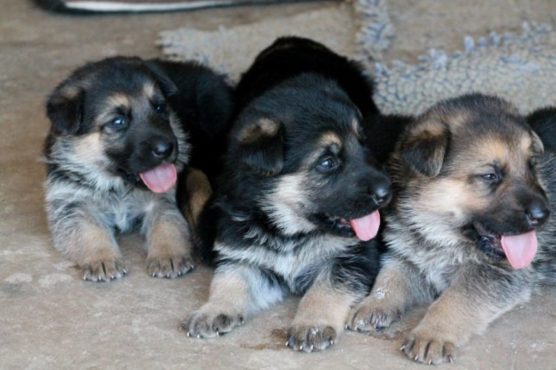
What Diseases Do Puppy Vaccinations Protect Against?
Core vaccinations are those that ALL dogs must receive regardless of where they live.
These vaccines protect dogs from severe, life-threatening diseases that occur worldwide. WSAVA Vaccination Guidelines Group (VGG) includes vaccines that protect against:
- Canine distemper virus (CDV)
- Canine adenovirus (CAV)
- Canine parvovirus Type 2 (CPV-2) and its variants
Non-core vaccines are optional vaccines against diseases that should be considered in light of the exposure risk of the animal, i.e. where the dog lives and the lifestyle of the dog.
Non-core vaccines are available to protect against the following diseases:
- Canine parainfluenza virus (CPiV),
- Canine influenza virus H3N8,
- Canine influenza virus H3N2
- Bordetella bronchiseptica,
- Leptospirosis interrogans
- Borrelia burgdorferi
Puppy Vaccination Protocol
To receive adequate protection against the main diseases your puppy needs to be vaccinated at the appropriate time AND frequency.
Please review the vaccination schedule below to understand the timing of core puppy vaccinations.
| Age At First Vaccine | Core Vaccination Schedule |
| 6 weeks | 6 weeks, 9 weeks, 12 weeks, 16 weeks then 26 or 52 weeks Or 6 weeks, 10 weeks, 14 weeks, 18 weeks then 26 or 52 weeks |
| 7 weeks | 6 weeks, 10 weeks, 14 weeks, 18 weeks then 26 or 52 weeks Or 7 weeks, 11 weeks, 15 weeks, 19 weeks then 26 or 52 weeks |
| 8 weeks | 8 weeks, 11 weeks, 14 weeks, 17 weeks then 26 or 52 weeks Or 8 weeks, 12 weeks, 16 weeks then 26 or 52 weeks |
| 9 weeks | 9 weeks, 12 weeks, 15 weeks, 18 weeks then 26 or 52 weeks Or 9 weeks, 13 weeks, 17 weeks then 26 or 52 weeks |
Puppy Vaccination Schedule | Diseases Vaccinated Against |
| First Puppy Vaccination 6-9 weeks | Parvovirus Distemper Adenovirus (also known as hepatitis) |
| Second Puppy Vaccination 9-13 weeks | Parvovirus Distemper Adenovirus (hepatitis) Parainfluenza Bordatella (+/- Leptospirosis vaccination) |
| Third Puppy Vaccination 12-17 weeks | Parvovirus Distemper Adenovirus (hepatitis) Parainfluenza Bordatella (+/- Leptospirosis vaccination) |
| Fourth Puppy Vaccination 16-18 weeks | Parvovirus Distemper Adenovirus (hepatitis) Parainfluenza Bordatella (+/- Leptospirosis vaccination) |
You might also like to read:Dog Vaccination: Is Annual Or Triannual Best?
Why Does My Puppy Need So Many Booster Vaccinations?
When an animal drinks its mother’s colostrum it receives some immunity to diseases that the mother has either been exposed to or has been vaccinated against.
This is called passive transfer of maternal antibodies.
If the animal didn’t drink colostrum, then this phenomenon would not occur and the baby animal would be at risk of disease.
Sometimes, the colostrum that the mother makes is also not high quality, limiting the transfer of good antibodies.
The majority of puppies are protected by these maternal antibodies for the first few weeks of life.
This passive immunity will have waned by 8-12 weeks to a level that allows active immunisation via vaccination to be effective.
If levels of maternal antibodies are still high, then the pup will be unable to activate an immune response to the vaccine until these antibodies are low (usually by 12 weeks of age).
Alternatively, if the maternal antibodies are low or non-existent, then the pup is at risk of infection and will be responsive to vaccination a lot earlier (some from as young as 2 weeks old in outbreaks).
This is the reasoning behind the booster vaccination schedule.
We cannot know for sure what the level of protection is from maternal antibodies therefore rather than risk these horrible diseases and death, we vaccinate and boost.
For dogs older than 16 weeks of age, one dose of vaccine is all that is required with an initial booster at 6 months to one year then revaccination is recommended every 3 years thereafter unless there are special circumstances that warrant more or less frequent revaccination.
(These recommendations are only for core vaccines using a live vaccine).
Non-core vaccines such as the kennel cough vaccine, often require more frequent boosters, many are every 12 or 6 months.
Non-Core Vaccinations Your Dog May Require
As well as vaccination against the core diseases stated above, the following diseases are often prevalent in some countries and require vaccination.
Please discuss your dog’s individual needs with your veterinarian.
Australia and New Zealand
- Parainfluenza virus
- Bordetella bronchiseptica
- Leptospira interrogans
United States
- Canine Rabies Virus
- Parainfluenza virus
- Bordetella bronchiseptica
- Leptospira interrogans
- Borrelia burgdorferi
- Canine influenza virus H3N8
United Kingdom
- Canine Rabies Virus
- Parainfluenza virus
- Bordetella bronchiseptica
- Leptospira interrogans
What Diseases Do Vaccinations Protect Your Dog From?
Do we really need to vaccinate our dogs?
Are the diseases that vaccinations protect against, really that bad?
Take a look at the information below to find out more about why vaccination is a vital part of caring for your dog.
Canine Parvovirus
What Is Parvovirus And How Is It Spread?
Parvo is a highly contagious virus that affects dogs. Initially, it attacks the lining of the intestines.
It is spread through contact with infected faeces and can survive on shoes, clothes, and floors for many months.
Contaminated grass areas can remain infective for many, many years (some say up to 7 years).
The virus is still very common and there are often outbreaks in areas with lots of dogs.
Symptoms Of Parvovirus
- severe vomiting
- extreme and bloody diarrhoea
- weakness & collapse
Without intervention and rapid treatment, this disease can get worse very quickly and is often fatal without treatment.
How Is Parvovirus Treated?
Treatment is based on supportive care.
Dogs with parvovirus will be put on an intravenous fluid drip to prevent and recover from dehydration.
Anti-nausea medication is given and antibiotics to prevent secondary infection.
In severe cases where protein losses are particularly bad, plasma and other blood products may be given.
Dogs suffering from parvovirus need lots of nursing and require isolation to stop the spread of the disease to other animals.
Even with the best care, not all dogs survive.
Without treatment, parvovirus is deadly in as many as 90% of cases.
Puppies are particularly at risk due to an immature immune system and can quickly deteriorate and die from dehydration or secondary infections.
Preventing Parvovirus
Because parvovirus is so deadly, and it is so prevalent in many areas it is wise to check with your local veterinarian for guidance on what you can and cannot do with your puppy.
As a general rule, house puppies indoors and only allow socialisation with dogs who are vaccinated.
Keep off grass areas and only walk on concrete. Keep to this until two weeks AFTER the 16 week vaccination.
If you think your dog has parvovirus, keep them away from any unvaccinated dogs and call your vet immediately.
They might ask you to bring your dog in through a different entrance to prevent contamination of the waiting room.
Dogs that have recovered from parvovirus can be contagious for several months afterward.
Keep them away from other dogs or areas where lots of dogs go, like local parks.
Your vet can test to see if your dog is still carrying the virus.
If you have lost a dog to parvovirus, remember that the virus can survive in the soil for up to 7 years.
Any new dogs coming into your home need to be fully vaccinated or have adequate antibodies as shown on a titre test.
Canine Distemper
What Is Canine Distemper And How Is It Spread?
Canine distemper is a highly contagious virus that attacks the respiratory, urinary, digestive, and nervous systems.
Vaccinations have been so successful at stopping canine distemper in Australia, NZ and the UK that it’s really rare to see outbreaks.
It is more common in Europe and the United States. The virus is passed easily from dog to dog through saliva, blood, or urine.
Distemper can also infect other animals, such as ferrets and foxes, so transfer from contact with wild animals is possible.
Symptoms Of Canine Distemper
Initial symptoms include:
- pus-like discharge from the nose and eyes
- reddened eyes
- a high fever
Later symptoms include:
- lethargy
- persistent coughing
- vomiting
- diarrhoea
- circling, twitches, head tilt
- seizures
Distemper can also cause hardening of the footpads and nose, so is sometimes known as ‘hardpad disease’.
How Is Distemper Treated?
There is no cure for distemper and many dogs are put down because survivors have irreparable neurological deficits.
Preventing Distemper
Vaccination is the best way to prevent distemper.
Keep puppies indoors until two weeks after they have completed their primary vaccination course.
Don’t allow them to meet unvaccinated pets or unknown dogs until this time.
Leptospirosis
What Is Leptospirosis And How Is It Spread?
Leptospirosis is a zoonotic disease (meaning it can be spread to people). There are many strains of bacteria that can cause disease.
Leptospirosis in dogs is often prevalent in areas with high rainfall and warm climates but can occur anywhere.
It is often isolated from waterways and found in rural areas due to contamination by infected wildlife, farm animals (pigs, cows), and rodents.
Symptoms Of Leptospirosis
Symptoms include:
- Fever
- muscle tremors
- vomiting
- diarrhoea
- increased thirst
- jaundice
- breathing difficulties
- kidney damage
- liver failure
How Is Leptospirosis Treated?
Antibiotics and supportive care are the mainstays of treatment. Many infections make a full recovery, however, some will have residual liver or kidney damage.
It can be fatal.
Preventing Leptospirosis
Vaccinating your puppy or dog will protect them from the main strains of leptospirosis present in your area.
Keep dogs away from any places where you know there are rats and other rodents.
Make sure puppies are kept indoors and away from other unvaccinated pets until they have completed their primary course of vaccinations.
Keep dogs away from stagnant water or flooded areas.
Dogs that have recovered from leptospirosis can carry the bacteria for some time afterward. Keep them away from other vulnerable animals and humans for several months as their urine can still pass on the infection.
It is very important to practice safe handling due to the zoonotic nature of this disease.
Infectious Canine Hepatitis (ICH)
What Is Infectious Canine Hepatitis And How Is It Spread?
Infectious canine hepatitis (ICH) is a highly infectious disease caused by canine adenovirus.
It is often fatal in young dogs.
The virus targets the liver, kidneys, eyes, and blood vessel linings.
It is spread via body fluids – urine, saliva, blood, faeces, and nasal discharge of infected dogs.
The virus can survive in the environment for up to a year, is very dangerous, and can spread quickly.
Infected dogs may recover but remain carriers, shedding the virus in their urine for up to 6 months.
Symptoms Of Canine Hepatitis
Symptoms range from mild to very severe, and can include:
- loss of appetite
- fever
- lethargy, depression
- tonsillitis
- vomiting
- coughing
- diarrhoea
- abdominal pain
- corneal opacity (blue eye)
- jaundice, liver failure
- seizures
- coma
How Is Canine Hepatitis Treated?
There is no cure and treatment is about managing symptoms e.g. by putting them on a drip to stop dehydration.
In mild cases the chances of recovery are good.
Severe cases may need intensive care including fluid therapy, blood transfusions, and medicine to prevent liver failure.
Sadly, even with the best treatment, Infectious Canine Hepatitis can be fatal.
Preventing Hepatitis In Dogs
Vaccination is the best way to prevent canine hepatitis and is included in the primary series of puppy vaccinations.
Previously infected dogs become carriers of the virus for up to 6 months.
This means their urine might still be infectious to other dogs.
Recovered dogs require their own toilet area that other dogs can’t access so they can’t pass the disease on.
If you require more information about what vaccinations your dog requires, please get in touch with Your Vet Online, our vets are always ready and waiting to answer your questions.
Further Related Reading
What is titre testing in dogs?
How often should I vaccinate my dogs?
- 105
- 107

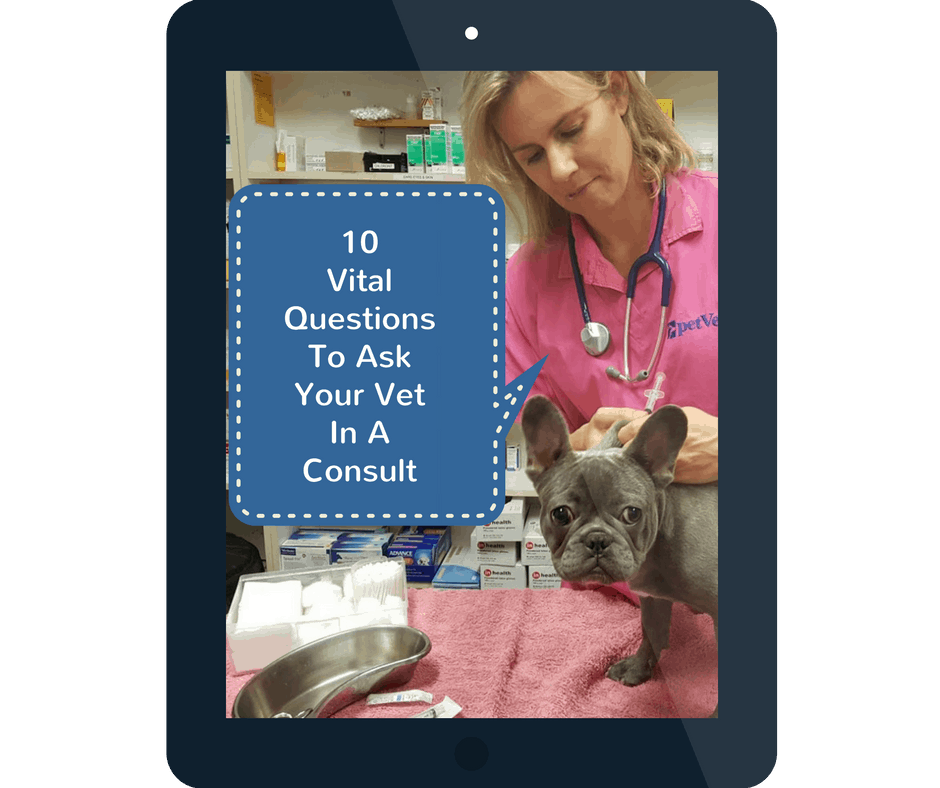
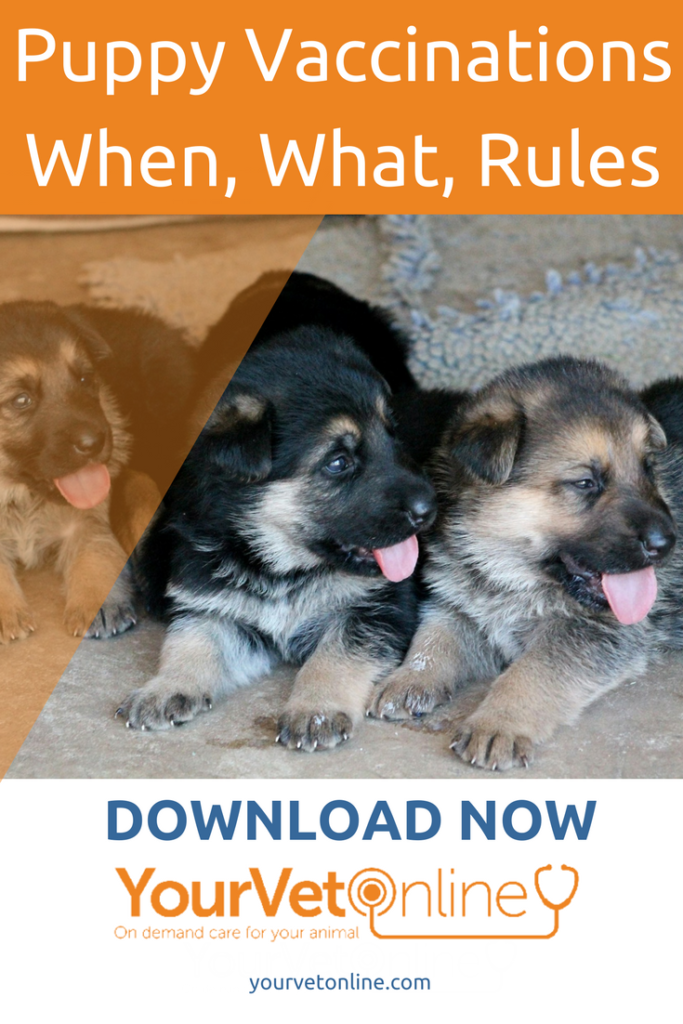
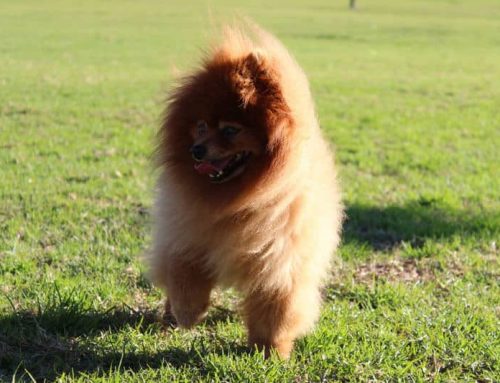

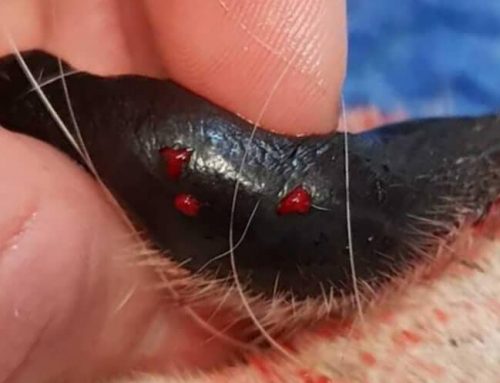
Leave A Comment